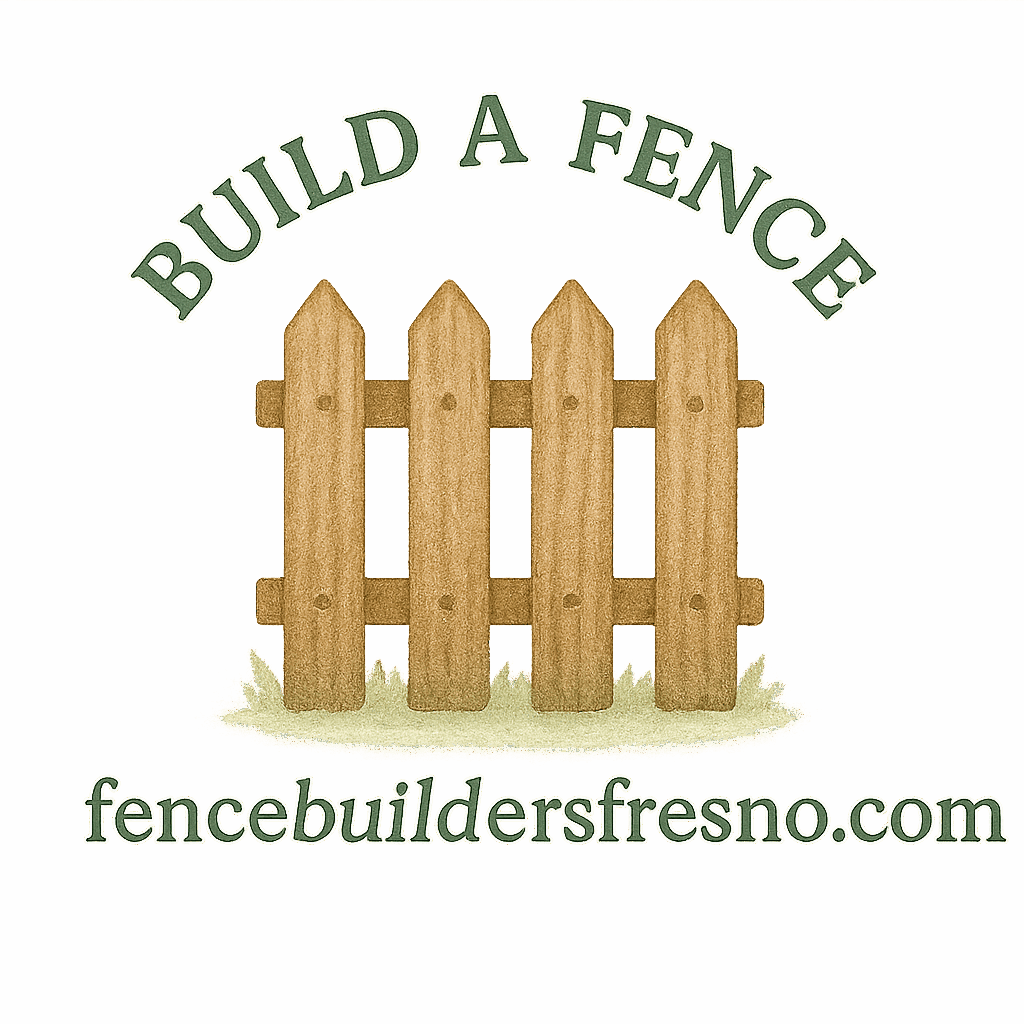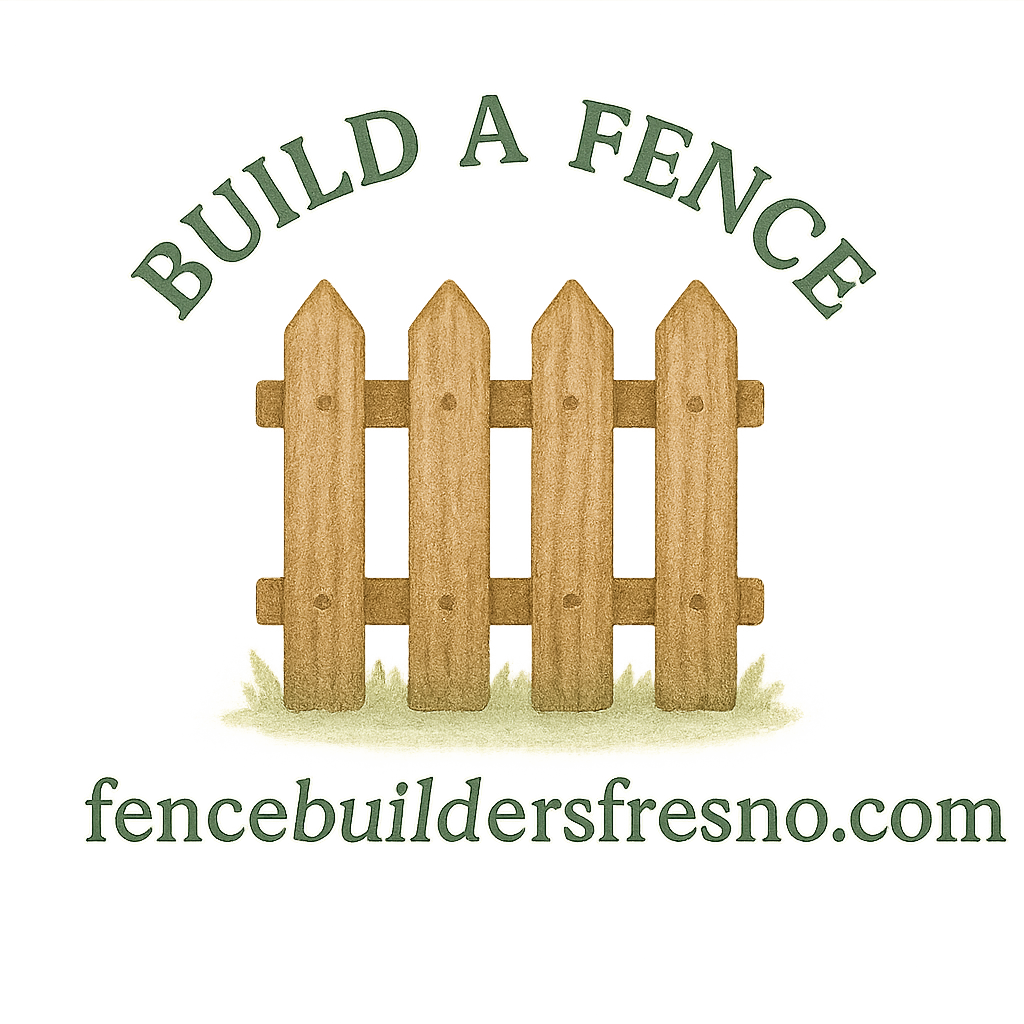Building a fence doesn’t have to empty your savings account. With smart planning, clever use of resources, and a bit of elbow grease, you can create a durable, attractive fence without spending more than you need. In this guide, we’ll cover 12 practical tips for budget-friendly DIY fencing planning, along with the basics of fence building, maintenance, and legal considerations.
Why DIY Fencing Is a Smart Choice
DIY fencing has become increasingly popular for homeowners looking to save money while still adding privacy and curb appeal. The biggest advantage? Cutting out the labor costs of professional installers.
Plus, taking the DIY approach means you’ll learn useful skills and have full control over the style and design of your fence. To get started, check out these fence building basics, which break down the essential steps for beginners.
Essential Things to Consider Before You Start
Before you even pick up a post-hole digger, make sure you’ve thought about these crucial factors:
Assessing Your Property Lines
Never guess where your property starts and ends. Misplaced fences can lead to costly disputes. Review your property survey or consult professionals before marking boundaries. You can also learn more about property lines and rights to avoid potential issues.
Setting a Realistic Budget
Budgeting isn’t just about buying lumber or panels. Factor in permits, fasteners, and tools. A good rule of thumb is to set aside 10–15% extra for unexpected costs.
Checking Local Regulations and Permits
Some areas have rules about fence height, material, or placement. Always check your city’s legal property considerations before you build. Skipping this step could cost you thousands in fines or even force you to tear down your fence.
Choosing the Right Fence for Your Needs
The type of fence you choose has a big impact on your project’s cost and long-term maintenance.
Function vs. Aesthetic
Think about your main goal: Is it privacy? Security? Or boosting curb appeal? Each goal may require a different fencing solution. For example, a front yard fence is often chosen more for looks, while a backyard fence might prioritize privacy.
Comparing Fence Types for Affordability
Check out this fence types comparison guide to see which material best suits your needs and budget.

Wood Fences
Wood is affordable and classic, but it requires regular care. Learn the essentials of wood fence care to extend its life.
Vinyl Fences
Vinyl requires little upkeep and lasts for decades. For details, read more about vinyl fencing options.
Chain Link Fences
One of the cheapest and easiest options for DIYers. Great for pets and security, though not the most stylish.
Decorative and Specialty Fences
Want something stylish? Check out decorative fencing ideas, but keep in mind that specialty fences can raise costs quickly.
12 Tips for Budget-Friendly DIY Fencing Planning
Here are the actionable tips you’ve been waiting for.
Tip 1: Plan Your Fence Layout in Advance
Sketch your design, mark posts, and double-check your layout. This reduces waste and keeps you on budget.
Tip 2: Reuse and Recycle Materials
Search salvage yards or local listings for second-hand wood or panels. Repurposing materials is both budget-friendly and eco-friendly.
Tip 3: Buy in Bulk for Savings
Nails, screws, and even lumber often cost less in bulk.
Tip 4: Opt for Low-Maintenance Materials
Choosing low-maintenance fencing like vinyl can save you money long-term, even if it costs more upfront.
Tip 5: DIY Fence Installation Instead of Hiring
Labor costs are high. With the right DIY fencing guide, you can manage installation yourself.
Tip 6: Borrow or Rent Tools Instead of Buying
Rent post-hole diggers or nail guns from hardware stores. No need to invest in tools you’ll rarely use.
Tip 7: Take Advantage of Seasonal Discounts
Fence materials often go on sale in the off-season, such as late fall or early winter.
Tip 8: Use Pre-Made Fence Panels
Pre-made panels save both time and money while still offering durability.
Tip 9: Install in Phases to Spread Costs
If funds are tight, build your fence in sections over time.
Tip 10: Do Proper Ground Preparation
Clear and level the land before digging. A poorly prepared yard will lead to unstable posts.
Tip 11: Minimize Waste With Precise Measurements
Measure carefully before cutting—this prevents costly mistakes.
Tip 12: Consider Simple Fence Designs
Fancy fences may look nice, but durable fencing can still be affordable if you stick with straightforward designs.
DIY Fence Building Basics
If this is your first project, here’s a quick crash course. More details can be found in the fence building basics guide.
Gathering Tools and Supplies
At minimum, you’ll need a level, post-hole digger, saw, and drill.
Measuring and Marking Property Lines
Use string and stakes to outline the fence area. Always verify your property boundaries.
Installing Posts and Panels
Set posts in concrete for stability, then attach panels or rails securely.
Common Mistakes to Avoid in DIY Fencing
Ignoring Maintenance Costs
Even “budget” fences require upkeep. Check out these fence maintenance tips to plan ahead.
Skipping Legal Considerations
Read about fence encroachment and avoid costly disputes with neighbors.
Choosing the Wrong Fence Material
Don’t go for the cheapest upfront. Instead, think about longevity and overall value.
Maintaining Your DIY Fence on a Budget
A well-maintained fence lasts longer and saves money.
Regular Cleaning and Care
Simple washing keeps mold and mildew away.
Simple Repairs You Can Do Yourself
Loose posts or broken panels? Learn these fence upkeep tips to fix problems quickly.
Extending Fence Lifespan with Proper Upkeep
Check out this fence maintenance guide to protect your investment.
Legal and Property Considerations
Fencing isn’t just about looks—it’s also about rights and responsibilities.
Understanding Fence Encroachment
Always check boundaries to avoid disputes.
Neighbor Agreements and Disputes
Sometimes, neighbors will split the cost of a boundary fence. Communication is key.
Property Rights and Responsibilities
Learn more about property rights and fencing laws before building.
Conclusion
By following these 12 tips for budget-friendly DIY fencing planning, you can save money, avoid common mistakes, and still build a fence that’s strong, attractive, and long-lasting. From choosing the right materials to understanding property laws, smart planning makes all the difference.
With the right approach, your DIY fence can protect your home, boost its curb appeal, and stand tall for years to come—without breaking the bank.
FAQs
1. What is the cheapest type of fence to build?
Chain-link fences are usually the most affordable, but you can explore more budget fence options.
2. Can I build a fence without concrete?
Yes, but concrete improves stability and prevents leaning posts.
3. How long does a DIY fence project take?
Anywhere from a weekend to a few weeks, depending on size and complexity.
4. Do I need my neighbor’s permission to build a fence?
Not always, but for a boundary fence, it’s smart to discuss plans.
5. How can I make my wooden fence last longer?
Regular wood fence care like staining and sealing extends lifespan.
6. Are vinyl fences worth the investment?
Yes. They’re low-maintenance and last decades with minimal care.
7. What tools do I need for DIY fencing?
The essentials include a post-hole digger, drill, level, saw, and measuring tape. For a full checklist, visit fence building basics.


